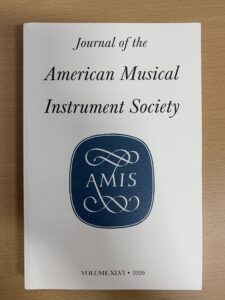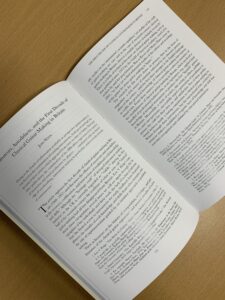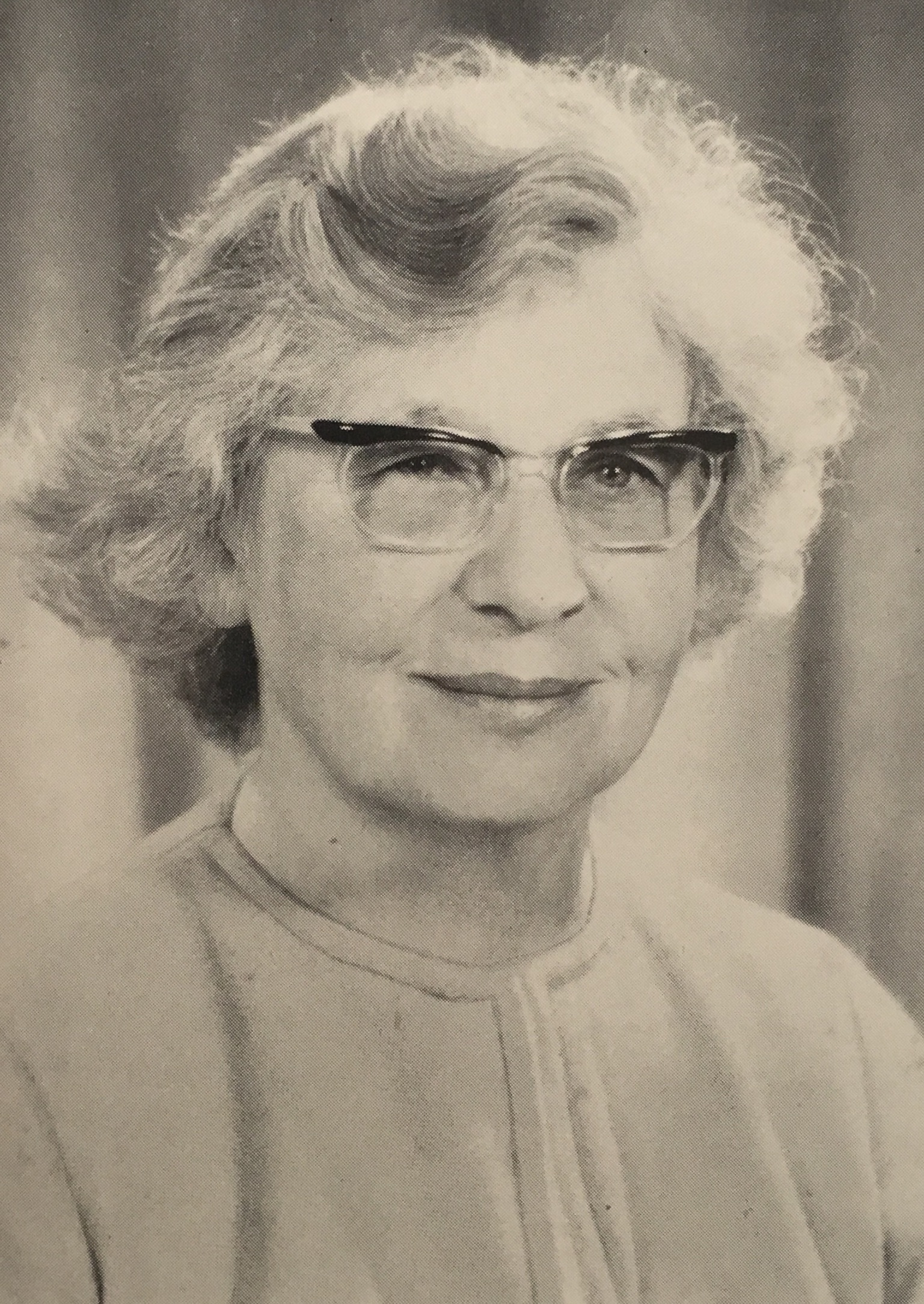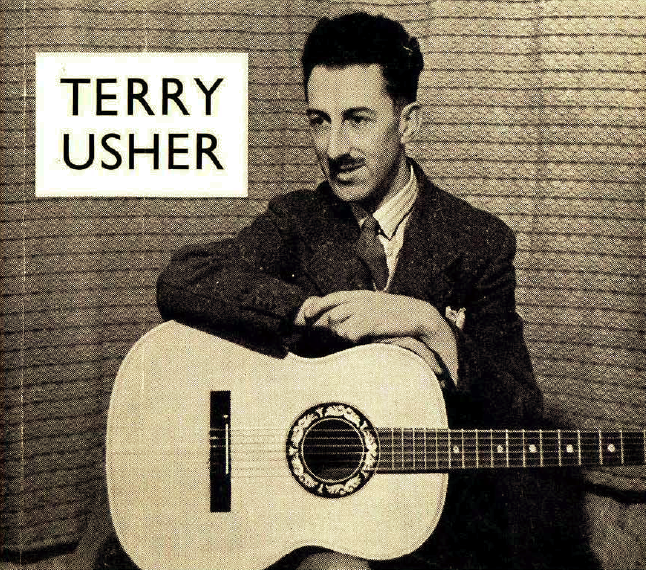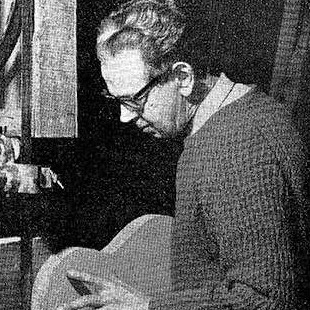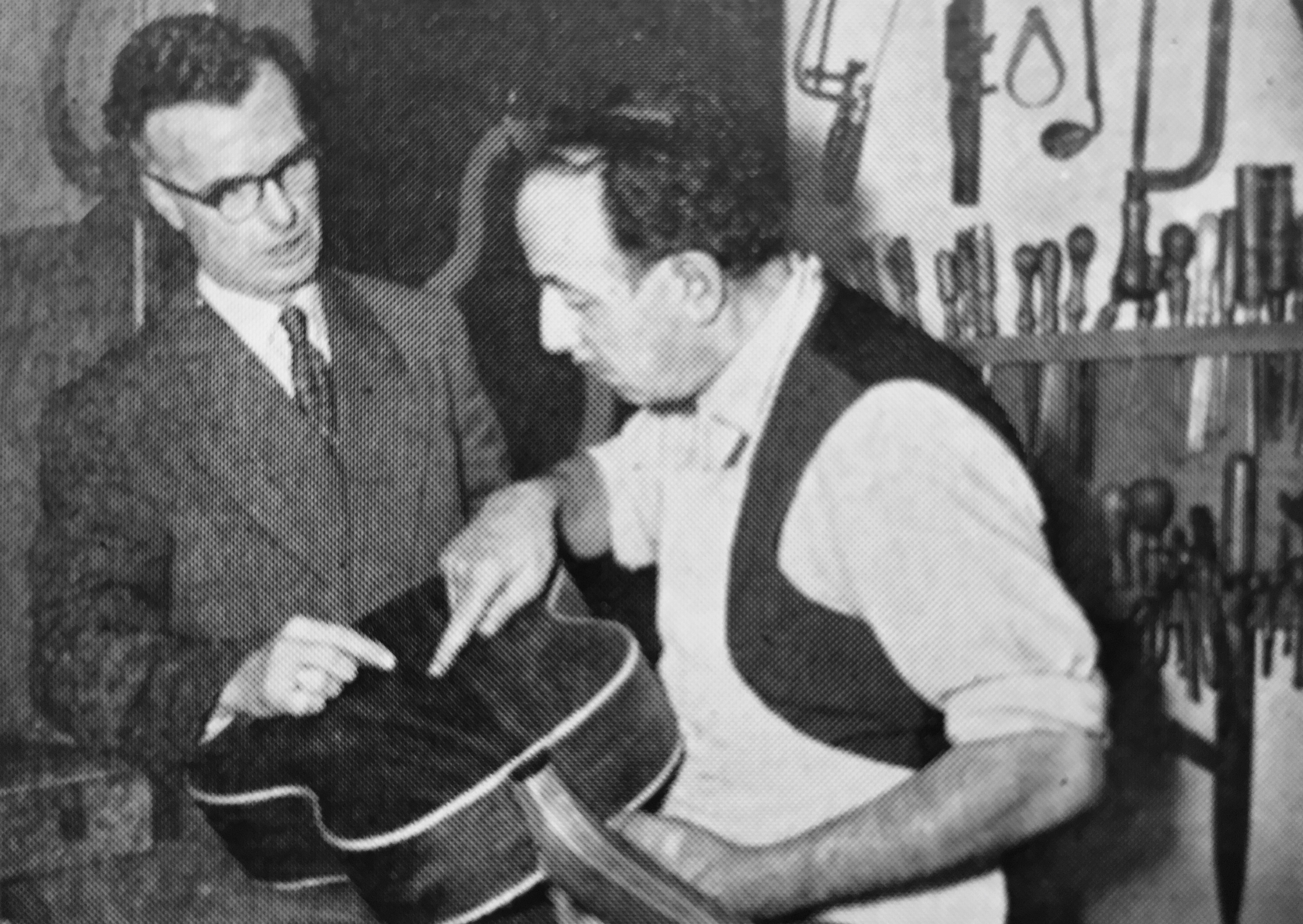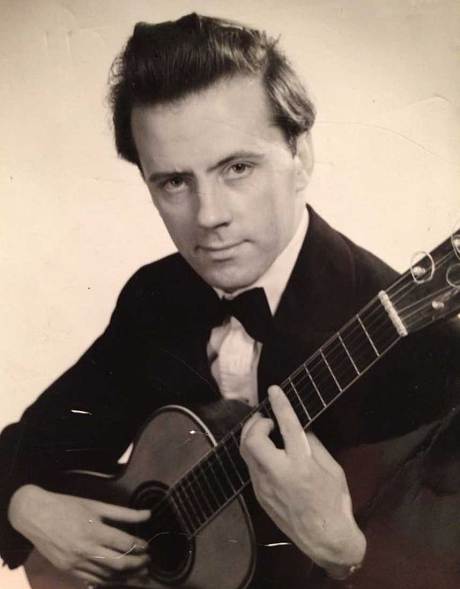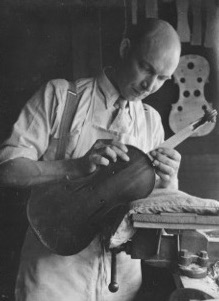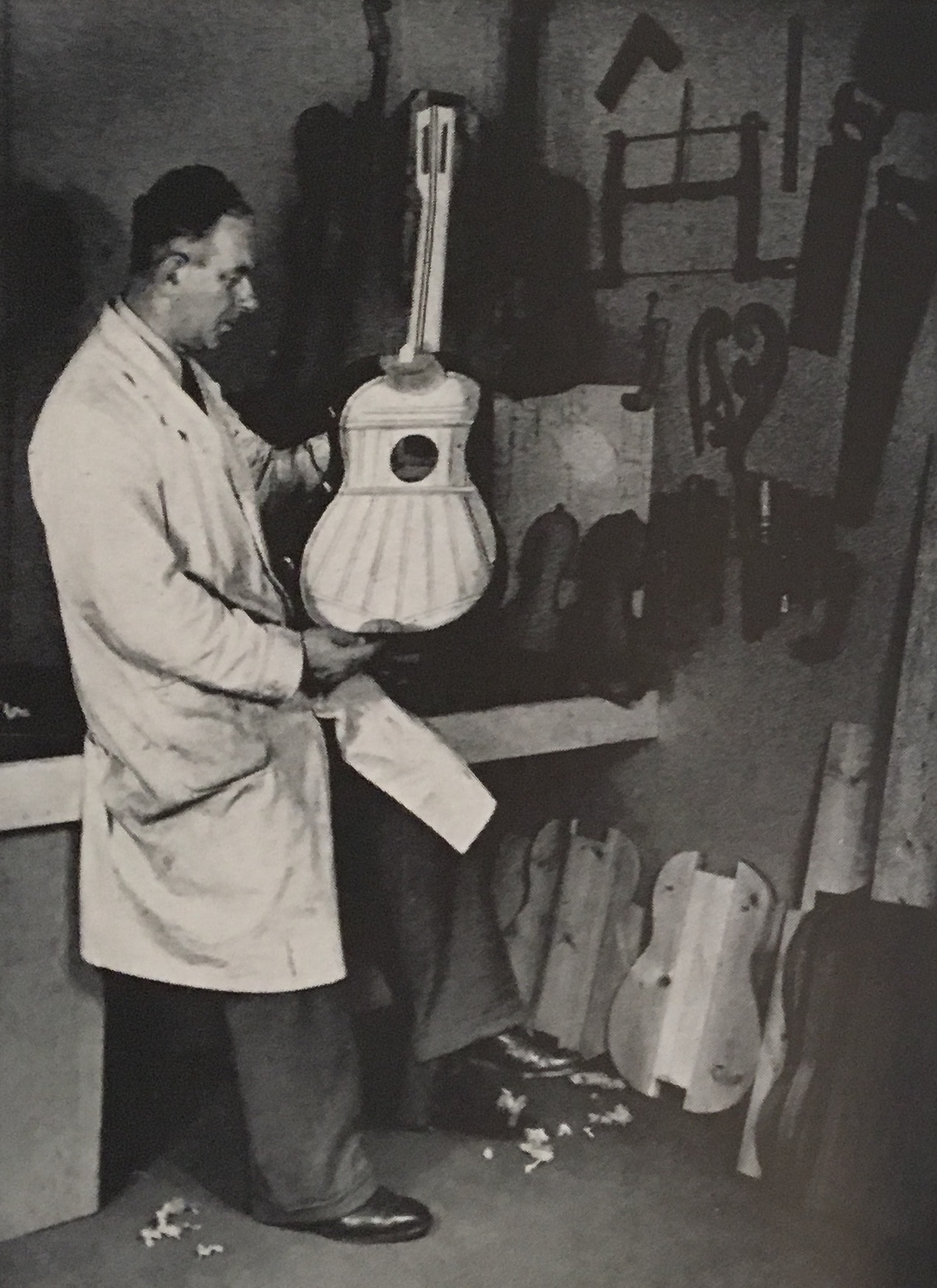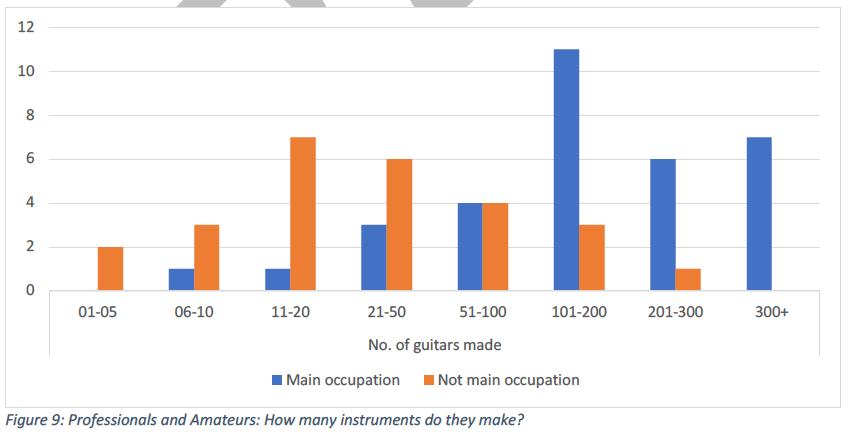Searching for literature on autodidactism doesn’t produce as much as you might expect, given the range of disciplinary perspectives that might be drawn to it: historical, cultural, social, psychological. Elements of autodidactism appear in theories of ‘self-directed learning’ and the like, but don’t capture the independence, drive for autonomy and emancipatory aims that autodidactism conjures up.
Bourdieu categorises the autodidact’s knowledge, gained outside recognised institutions of education, as ‘illegitimate’ in terms of its cultural value, as it carries no guarantee of quality in the recognised hierarchy of accreditation.
Fisher and Fisher are a rare example of trying to bring the term up-to-date, arguing that an autodidact “is likely to be an active communicant within a cybercommunity… someone who has acquired high levels of expertise, usually in a particular field… [and] may well access some formally taught learning, but that this would be an adjunct to a largely self-driven and highly accelerated learning process.” They provide two case studies of autodidactism: the Communist Party of Great Britain and a contemporary group of parents of disabled babies, resulting in a tentative typology of these two types of autodidact, and suggesting that “a prosopographical study of a wide range of autodidacts” is needed.
Edwards undertook “an extensive literature review on amateurism and autodidactism” and concluded that the “extent of the literature is noticeable by its absence” and that autodidactism is “a concept not much used in educational debates at present, but has a long history.” He cites three authors: Fisher & Fisher; Solomon and Lewis. I agree with Edwards, that Solomon’s treatment of it is “too broad to be helpful and less purposeful than I am taking autodidactism to be”. Lewis’ brief note on autodidactism in the history of Jazz is interesting, but not developed.
Edwards does not refer to Jonathan Rose’s book, The Intellectual Life of the British Working Classes, which is a history of working-class autodidactism from the Middle Ages to the mid-twentieth century. Rose doesn’t offer a straightforward definition, but the book as a whole identifies a number of characteristics, which I have extracted and summarised below.
These are my notes, with page numbers, aided by a search for ‘autodid’ in the 2010 eBook 2nd edition (there are 87 uses of the word autodidact or autodidactism). I hope they may be of use to other people interested in this subject:
Autodidacts are focused on reading widely as an interpretative strategy, “discovering new ways to interpret the world” (2010, 7). Autodidacts pursue knowledge under difficult circumstances. They desire an autonomous intellectual life to overcome disenfranchisement and for emancipation. “Working people would have to develop their own ways of framing the world, their own political goals, their own strategies for achieving those goals.” (7) “I have understanding as well as you; I am not inferior to you…” (Job 12:3)” (7) Autodidacts are drawn to classics because they “produce novel, distinctive, provocative, even subversive ways of interpreting reality.” (8) The roots of the working class autodidact culture go back to the Middle Ages, surged in the nineteenth century, particularly the late Victorian generation, and “crested with the Labour Party landslide of 1945.” (11) “For centuries autodidacts had struggled to assume direction of their own intellectual lives, to become individual agents in framing an understanding of the world.” (12) They were pursuing a “liberal self-education” (12) A desire for intellectual freedom. “Texts do nothing by themselves. The work is performed by the reader, using the text as a tool.” (15) Autodidact culture was “an overwhelmingly male territory” until the late 19th century (18). There was a lack of female autodidacts as role models. “The fact that labouring men were engaged in cultural pursuits that involved no monetary reward provoked intense suspicion.” (21) The indiscipline of “devouring any book that came to hand” was the best method of liberal education. (37) In many cases, it was social learning as people met in taverns and libraries “for speculative inquiry and discussion” (quoting Lowery, 38). “That was the autodidacts’ mission statement: to be more than passive consumers of literature, to be active thinkings and writers. Those who proclaimed that ‘knowledge is power’ meant that the only true education is self-education, and they often regarded the expansion of formal educational opportunities with suspicion.” (57) In the 20th century, “mutual improvement” was a grass-roots movement to preserve the independence of informal self-schooling programs for working people. There was a suspicion of the faith in education “as a cure for all ills… So-called education can be used to produced slaves, soldiers, and snobs, as well as gentlemen… You can Bolshevize people by education, or you can make them into the perfect Nazi. Unless the intended victim has trained himself to think for himself.” (Quoting Thomas Thompson, 57) Mutual improvement produced “a whole subgenre of self-improving literature” (68) Autodidacts may teach themselves but they are also drawn to each other to discuss their research. “Mutual improvement drives home the lesson that no autodidact is entirely self-educated. He or she must rely on a network of friends and workmates for guidance, discussion, and reading material.” (76) Intellectual freedom had “always been the prime objective of autodidacts.” (82) The autodidact’s reading was marked by “characteristics enthusiasm and spottiness.” (132) “Autodidact culture flourished in the years leading up to the First World War” (189) due to the proliferation of public libraries, the Victorian ethic of mutual improvement, and the lack of distractions such as cinema, radio and television. It was supported by the “increase in literacy arising from the various Education Acts of that period, and the publication of cheaper books and pamphlets about every subject under the sun.” (Quoting Frank Goss, 189) Autodidacts are characterised by a “kind of passionate individualism” (217) As access to education and particularly university broadens, autodidactic knowledge is discredited; they become “endangered species” (296). “The primary motive of autodidacts had always been intellectual freedom.” (302). Most autodidacts were “devoted to the literary canon” (315). Although they “worshipped the classics” and had tended to have a “conservative sense of literary hierarchies… they were not distressed by the jumbling together of high and low culture” and were able to recognise the essential difference. (366) Charlie Chaplin was a classic autodidact, always struggling to make up for a dismally inadequate education, groping haphazardly for what he called ‘intellectual manna.’.. In fact, Chaplin translated to the screen the same mongrelisation of philosophy and melodrama, high culture and low comedy that characterised the typical literary diet of autodidacts.” (378) In the 20th century, “autodidacts discovered that the cultural goalposts had been moved, that a new canon of deliberately difficult literature had been called into existence. The inaccessibility of modernism in effect rendered the common reader illiterate once again, and preserved a body of culture as the exclusive property of a coterie.” (394) Autodidacts “considered themselves respectable and intelligent.” (400) Compared to the leisured class, “the self-educated have only limited time to make up enormous gaps. They must move more quickly, they have hungrier minds, and they will passionately embrace any book that opens up a new intellectual landscape.” (404) “The old classics-oriented autodidacts have disappeared with the factories that employed them.” (463)
